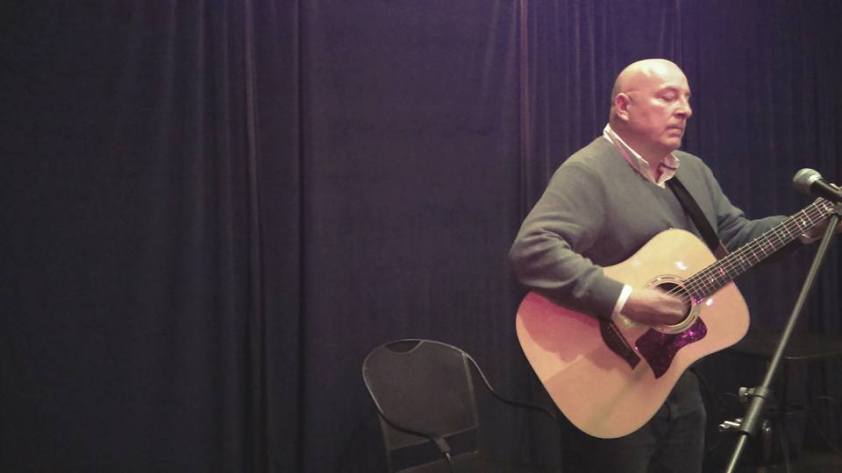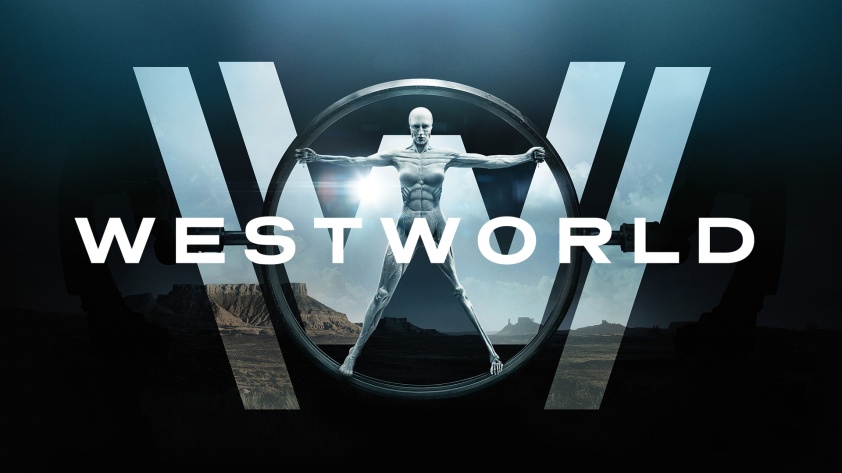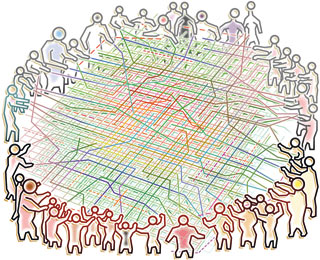When I’m not working as a CIO, my free time is spent with family and hobbies.
Or should I say, feeding suppressed and repressed dreams of what I hope to do – someday – when I do pass the torch to some other toiler in the field.
My particular coping mechanism of choice is music; though if you were to ask my boys, it would be embarrassing them with my music.
Whatever.
Playing for yourself in the comfort of your home is one thing. Playing before others?
Wicked. Crazy. Scary.
And, being a mid-century relic in a new city, breaking into a strange local music scene?
Well. It ain’t for sissies.
For it to work, you gotta commit.
Step up – heck, eat – that mic. Belt it out. There’s no where to hide.
Put yourself out there.
Now, for me, in addition to feeding my inner seventeen-year-old fantasies, it’s a great re-learning lesson of what it takes to excel; for what it takes to stand out.
You gotta commit.
I’m finding that these lessons I’m learning on this part of my personal journey, are equally (if not more) applicable to what I do for my “day gig.”
To be successful, you gotta commit.
In all of our professional lives, there is nothing more frustrating than finding yourself in a position where progress is stymied by indecision, lack of vision, or a vacuum of leadership.
Sometimes, this happens because of budgetary constraints. Sometimes, because of adversarial managerial practices. And sometimes – sometimes – it happens because stakeholders are simply disenfranchised from any potential upside, for taking action.
The best course of action is, therefore, no course of action.
So, when the most probable outcome is being smacked down, it’s no surprise at all when literally everything – innovation, activity, hope – grinds to a screeching halt.
What is one to do, then, when faced with few prospects, little support, and diminishing returns – but a metric of stuff that you’re on the hook for?
You gotta commit.
Step out on the ledge.
Lead.
It’s scary. And it’s where you learn to soar.
Don’t be afraid to put yourself out there – where you’ll get noticed, and where you’ll grow.
You gotta commit.







